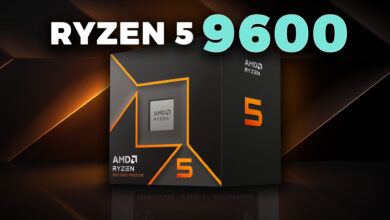A CPU is basically an electronic component that uses electrical signals from your power supply to operate.
Just as any other electronic component, whenever the electrical signals or voltage pass through the circuit of the CPU, it releases heat energy raising the temperature of the CPU.
When operated continuously, the CPU temperature rises gradually over time reaching a temperature much higher than the room temperature. While this is normal, at a certain point, it goes into a danger zone where if the temperature stays for a long time can result in CPU damage by overheating.
What Is Normal CPU Temperature While Gaming?
Gaming, just like any other CPU-intensive application raises the temperature of your CPU as your CPU needs to execute several operations every second to keep a continuous gaming operation.
Gaming although may not be as intensive as some of the stress software, it certainly is enough for you to consider the temperatures regularly to avoid keeping the temperatures going in the danger zone.
If you want to know what is the safe temperature of a CPU while gaming, then there can be several answers and they depend on various circumstances.
However, in simple words, a normal and safe CPU temperature while gaming is something that is out of the danger zone. Considering all types of processors available today and the lifespan of these CPUs, we can safely say that a temperature range of 70°C-80°C is totally safe for your CPU.
If the temperature is lower than 70°C, then it is always safe. However, if it reaches above 80°C, then depending on what CPU you are using, it can either be in the safe zone or a danger zone.
Most modern processors today including the Ryzen CPUs and Intel Core CPUs from the latest generation are designed to tolerate up to 90°C easily without thermal throttling.
High CPU Temp While Gaming
High CPU temperatures while gaming generally starts at 80°C up to 100°C. Most processors have 100°C as the critical temperature where the CPU would shut down itself and no longer operate unless cooled down to a safer temperature.
Some CPUs will start downloading themselves in order to protect themselves from physical damage. CPUs are designed with built-in sensors that help them protect themselves from very high temperatures.
If you are seeing high temperatures in the danger zone while gaming, either your game is very CPU-intensive or your cooling solution is inadequate.
Critical Temperatures May Vary

As I said above, the critical temperature or the danger zone may vary from processor to processor or series to series. The general rule is to keep the temps below 90°C at any cost.
However, there are some processors that won’t throttle even when this danger zone is passed.
At the time of writing, the Ryzen 7000 series is already out and according to AMD, for the Ryzen 7000 CPUs, 95°C is totally normal and is not considered overheating. Even Intel Raptor Lake CPUs run equally hot and reach 100°C at full load.
Regardless of that, you should still try to keep the temps down as much as possible to prolong the CPU lifespan as wear and tear is also common in electronic components.
How To Monitor CPU Temperature While Gaming?
CPU temperature can be monitored through various methods like BIOS or third-party software or tool. However, if you are gaming, there is no way you can access the BIOS to measure the real-time temperature.
While you are in a game, you will need a third-party tool that can allow you to overlay the real-time temperature layer over your game. If a tool or software is not allowing you to add an overlay while you are in-game, monitoring the real-time temperature is simply not possible.
In that scenario, you have to exit out of the window through ALT+TAB or through the Windows key to open the temperature tool to see what’s the current temperature. This temperature reading, however, will drop as soon as you come out of your game window as your CPU is no longer performing intensive tasks.
Therefore, we recommend using software like HWiNFO and MSI Afterburner that not only displays the real-time temperature but also other metrics like usage, individual core usage, and metrics of other components as well.
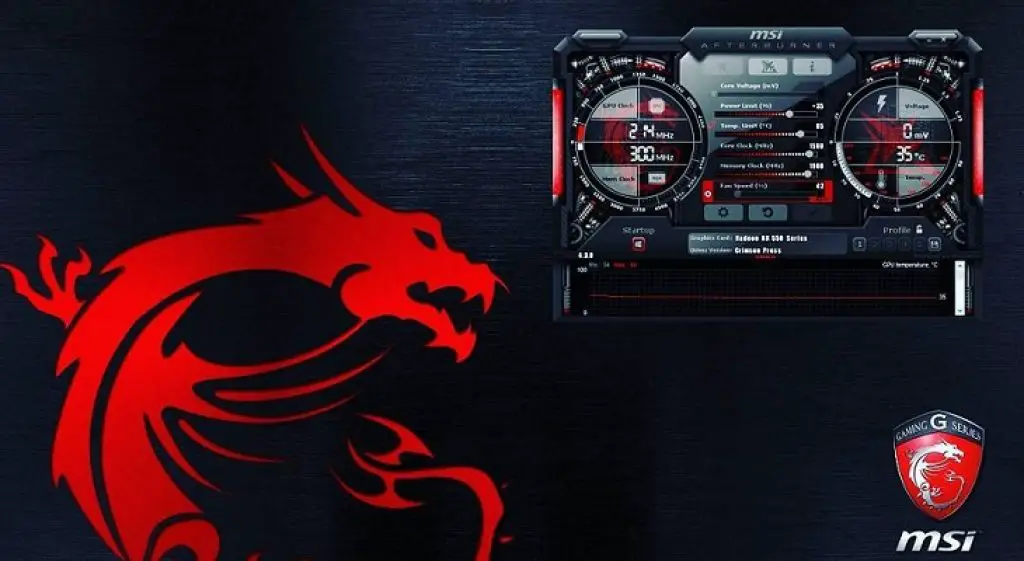
Other popular CPU temperature monitoring software like CPUID HWmonitor are also good but they don’t have the overlay option for games. They are better with CPU-intensive applications that don’t exit when their window is minimized or can be opened side by side.
How To Lower CPU Temperature While Gaming?
If your CPU temperature is rising to a point where you fear it might end up in the danger zone, it’s time to take some measures to avoid that.
There are a lot of ways through which you can lower your CPU temperature. Depending on the circumstances, you can use more than one or all of them to keep your CPU safe from thermal throttling.
Better Ventilation
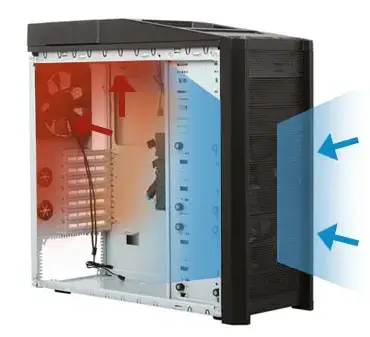
Through proper ventilation, you can lower your CPU temps without spending a lot. All you need is a well-ventilated PC case that allows cool air from the front or bottom and has the exhaust from the rear or the top.
A continuous airflow will keep the hot air out and will not only maintain your CPU temperature but will also lower the temperature of your graphics card and storage drives.
If you already have a ventilated case, make sure you clean its vent and clear out any dirt or dust in the CPU cooler.
Change Thermal Paste
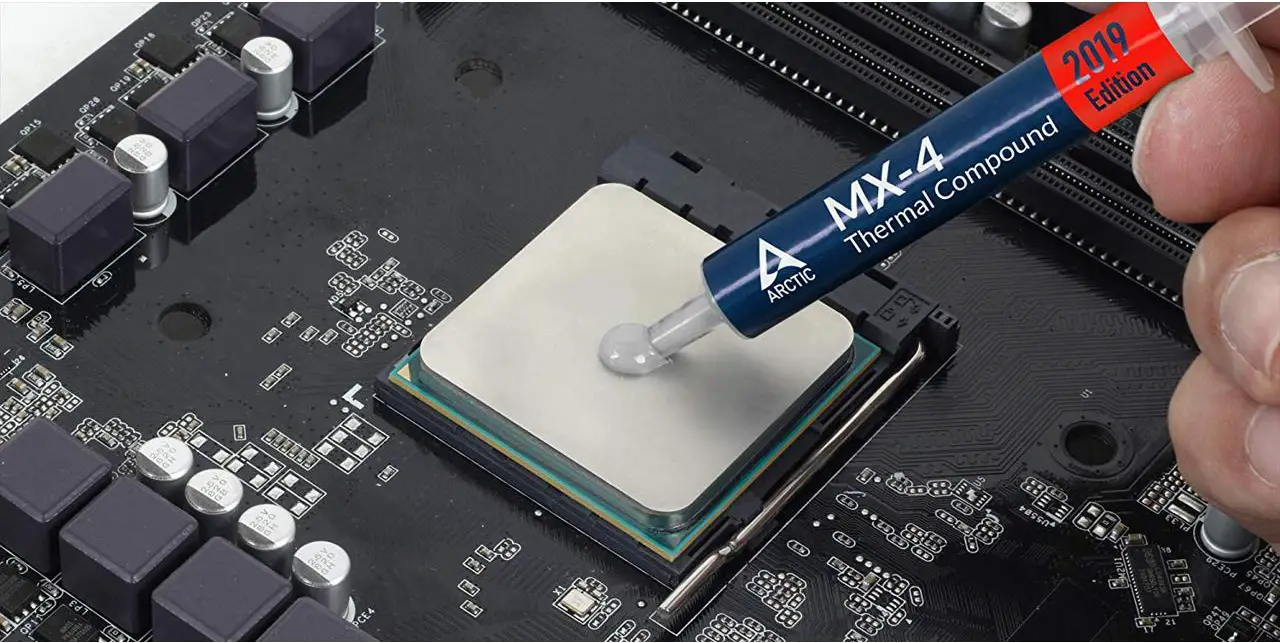
Using a computer for a long period of time will cause the thermal paste to dry out. A thermal paste is a greasy liquid that makes a perfect contact between the uneven surfaces of a CPU and a CPU cooler base.
With time, it starts to dry and is no longer able to absorb heat and transfer to the heatsink properly. Changing the thermal paste with a new one will drastically improve the thermals.
You will need Isopropyl Alcohol to remove the dried thermal paste. However, if you don’t have access to it, you can use four other ways to remove the paste without alcohol.
Install A Better CPU Cooler
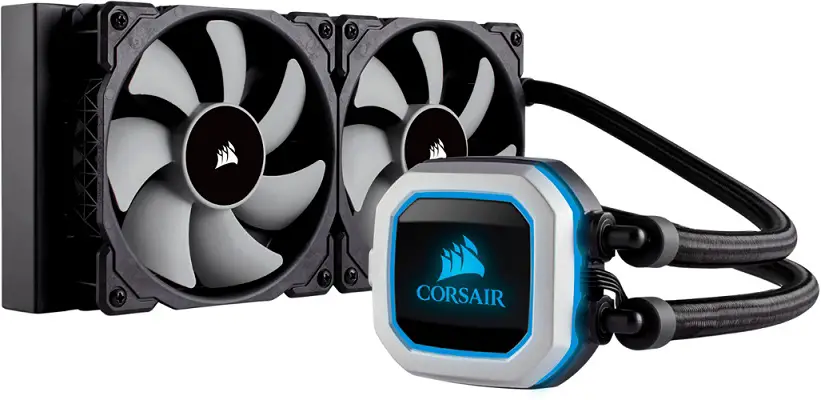
If you are using a stock heatsink, CPU cooling won’t be that effective especially if you are using a high-core count CPU.
To fix the overheating problem, you can change your current CPU cooler with an aftermarket cooling solution. While a simple single-tower CPU cooler will do the job fine, if you are using an 8-core or higher-core count CPU, it’s recommended to use at least a dual-tower CPU cooler or an AIO cooler.
Final Words
A normal CPU temperature should allow you to play the games without any bottlenecks or throttling. Once you see your CPU clock speed going down or your games start stuttering or freezing due to dropping CPU usage, this can mean your CPU is hitting high temperatures.



